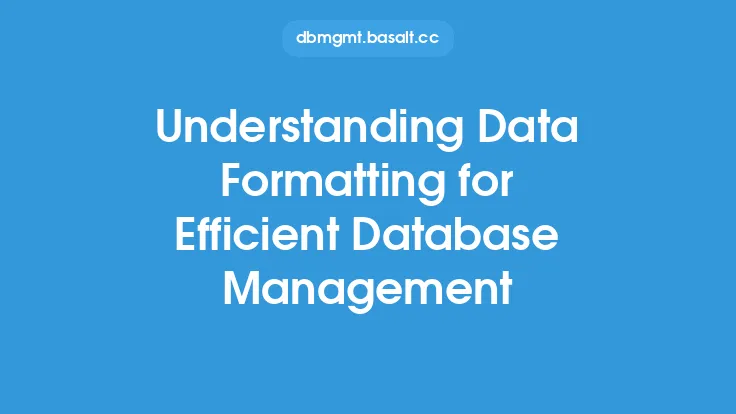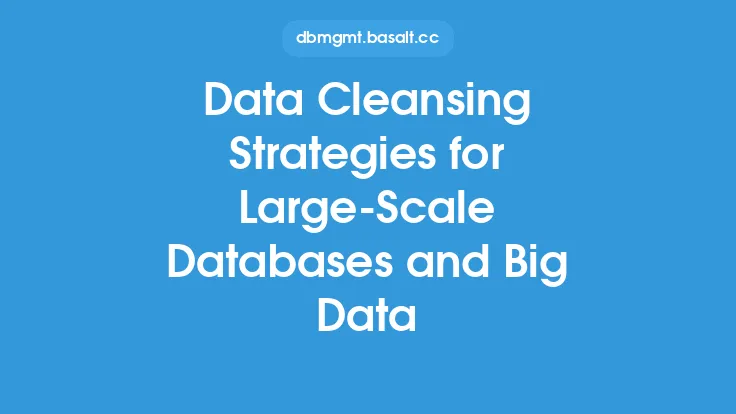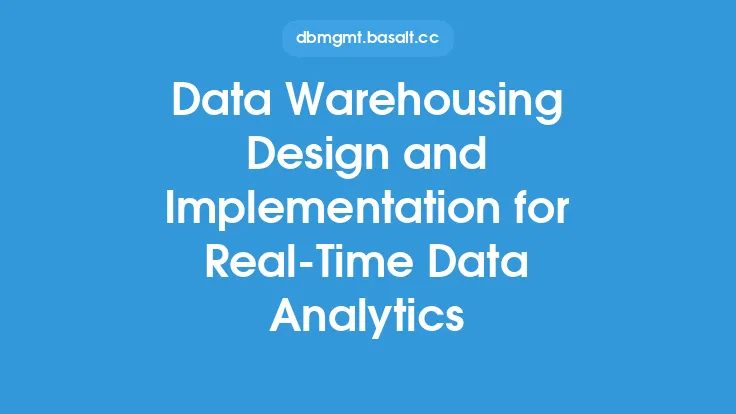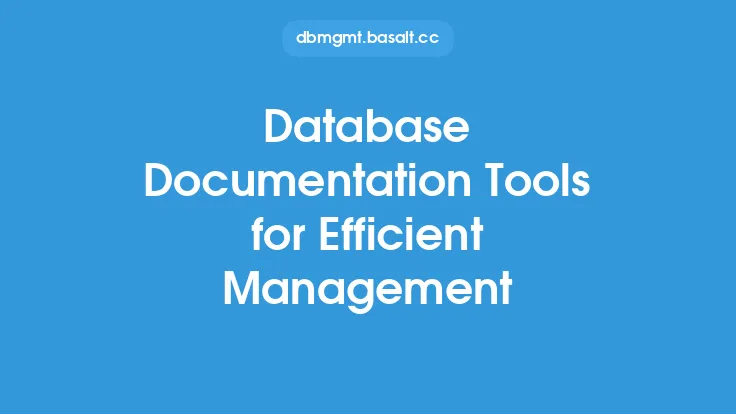Data cleansing is a crucial process in data management that involves identifying, correcting, and transforming inaccurate, incomplete, or inconsistent data into a more reliable and consistent format. With the exponential growth of data, organizations are faced with the challenge of managing large volumes of data from various sources, making data cleansing a critical component of data normalization. To efficiently manage data, organizations rely on data cleansing tools and technologies that can automate and streamline the data cleansing process.
Introduction to Data Cleansing Tools
Data cleansing tools are software applications designed to identify and correct errors in data, ensuring that it is accurate, complete, and consistent. These tools use various algorithms and techniques to detect and fix data anomalies, such as missing or duplicate values, invalid formats, and inconsistencies. Data cleansing tools can be categorized into several types, including data profiling tools, data quality tools, and data transformation tools. Data profiling tools analyze data to identify patterns, trends, and anomalies, while data quality tools evaluate data against predefined rules and standards. Data transformation tools, on the other hand, convert data from one format to another, ensuring that it is consistent and compatible with various systems and applications.
Data Cleansing Technologies
Data cleansing technologies have evolved significantly over the years, with the advent of advanced technologies such as machine learning, artificial intelligence, and cloud computing. These technologies have enabled organizations to automate and streamline the data cleansing process, reducing manual effort and improving data quality. Machine learning algorithms, for example, can be used to identify patterns and anomalies in data, while artificial intelligence can be used to predict and prevent data errors. Cloud computing has also enabled organizations to scale their data cleansing operations, processing large volumes of data in a cost-effective and efficient manner.
Data Quality Metrics and Standards
Data quality metrics and standards play a critical role in data cleansing, as they provide a framework for evaluating and measuring data quality. Data quality metrics, such as accuracy, completeness, and consistency, are used to assess the quality of data, while data quality standards, such as ISO 8000 and ISO 29002, provide guidelines for data quality management. Data cleansing tools and technologies use these metrics and standards to evaluate data quality and identify areas for improvement. By using data quality metrics and standards, organizations can ensure that their data is accurate, reliable, and consistent, supporting informed decision-making and business outcomes.
Data Cleansing Techniques
Data cleansing techniques are methods used to identify and correct errors in data. These techniques include data profiling, data validation, data transformation, and data matching. Data profiling involves analyzing data to identify patterns, trends, and anomalies, while data validation involves checking data against predefined rules and standards. Data transformation involves converting data from one format to another, while data matching involves identifying and merging duplicate records. Data cleansing techniques can be applied manually or automatically, using data cleansing tools and technologies. By using these techniques, organizations can improve data quality, reduce errors, and increase the reliability of their data.
Data Cleansing Tools and Technologies for Specific Data Types
Different data types require specialized data cleansing tools and technologies. For example, text data requires tools that can handle unstructured data, such as natural language processing and text analytics. Image and video data, on the other hand, require tools that can handle multimedia data, such as image and video processing. Time-series data requires tools that can handle temporal data, such as time-series analysis and forecasting. By using data cleansing tools and technologies specifically designed for each data type, organizations can ensure that their data is accurate, complete, and consistent, regardless of its format or structure.
Best Practices for Implementing Data Cleansing Tools and Technologies
Implementing data cleansing tools and technologies requires careful planning and execution. Best practices include defining data quality metrics and standards, identifying data sources and systems, and selecting the right data cleansing tools and technologies. Organizations should also establish a data governance framework, which includes policies, procedures, and standards for data management. Additionally, organizations should provide training and support for data cleansing tools and technologies, ensuring that users understand how to use them effectively. By following these best practices, organizations can ensure that their data cleansing operations are efficient, effective, and sustainable.
Future of Data Cleansing Tools and Technologies
The future of data cleansing tools and technologies is promising, with advancements in artificial intelligence, machine learning, and cloud computing. These technologies will enable organizations to automate and streamline the data cleansing process, reducing manual effort and improving data quality. Additionally, the increasing use of big data and IoT devices will require more advanced data cleansing tools and technologies, capable of handling large volumes of data from various sources. As data continues to grow in volume, variety, and velocity, data cleansing tools and technologies will play a critical role in ensuring that data is accurate, complete, and consistent, supporting informed decision-making and business outcomes.





